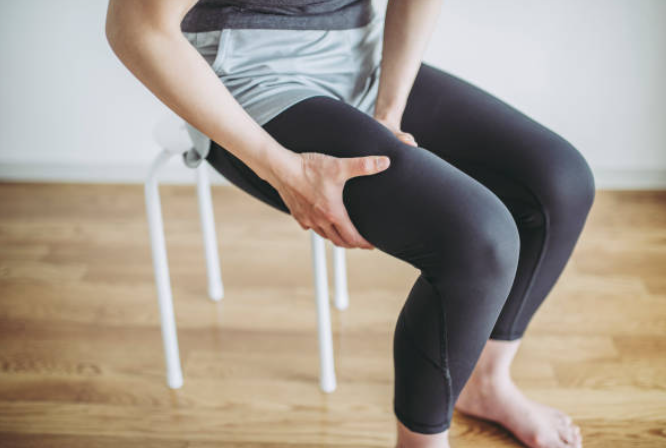What is a Quadriceps strain?
The Quadriceps are made up of 4 different muscles that work together to help straighten the knee. These 4 muscles are vastus medialis, vastus lateralis, vastus intermedius and rectus femoris. The rectus femoris is the muscle in the quadriceps that is most commonly injured. This group of muscles allow us to perform actions the involve walking, running, kicking, jumping and climbing the stairs. It is considered one of the most powerful muscles in the body. However, injuries occur when there is a sudden contraction of the muscle. This excessive force causes a tear to the muscle fibres. This commonly occurs in soccer, tennis and basketball. These sports require a lot accelerating, decelerating and kicking. These movements place high demand on the quad muscles.
How long does it take to heal?
The prognosis of your injury depends on the severity of the strain. A grade 1-2 strain can take approximately 1-2 months to completely recover. We can use the following classification to determine the severity of the injury:
Grade 1: Mild strain where only a limited of muscle fibres being affected. There is no decrease in strength and there is still full function of the muscle.
Grade 2: Moderate strain where approximately half of the muscle fibres are torn. There is a lot of pain but some strength remains in the muscle.
Grade 3: Severe strain where there is a complete tear of the muscle. There is significant amount of pain and loss of function.
Rehab for Quad strain
Rehabilitation for a Quad strain should begin in a few days after injury. Research have shown that rehab that begin 2 days after injury had better results than people who waited 9 days before commencing a rehab program. Early physiotherapy rehab led to better patient reported outcomes. Rehabilitation is not just resting and icing the injury but re-activating and re-training the muscle to contract again. A physiotherapist will be able to provide you with an appropriate rehabilitation program.
When can I return to sport?
There are many contextual and environmental factors that determine when an athlete can return to sport. It is recommended get clearance from your doctor and physiotherapists before returning to sport. We can use the following guideline to determine if an athlete is ready to return to sport:
- Full range of motion without pain or stiffness
- Strength of the injured leg is the same as the uninjured leg.
- Psychologically ready to return to sport
- No pain bending or straightening the leg
- No pain or apprehension during kicking or sprinting movements.
Our physiotherapist will be able to perform a detailed assessment to determine the severity of your injury. The physiotherapist will also provide you with an individualised rehabilitation program. Towards the late stage or rehabilitation, it will involve rehab exercises specific to your sport to ensure that you are ready to play at optimal level. Contact us today to book an appointment with one of our friendly physiotherapists.
References:
Bayer ML, Magnusson SP, Kjaer M; Tendon Research Group Bispebjerg. Early versus Delayed Rehabilitation after Acute Muscle Injury. N Engl J Med. 2017;377(13):1300-1301. doi:10.1056/NEJMc1708134

